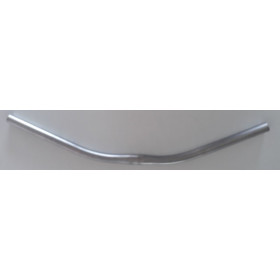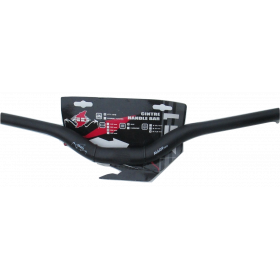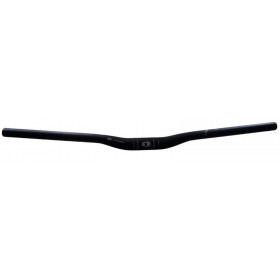-
Hybrid bike, fixie or city bike handlebar
- €9.99
-
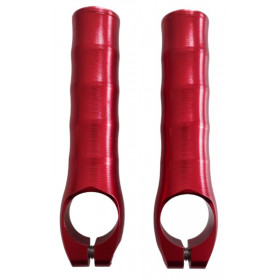 New product -60%Bar ends aluminium
New product -60%Bar ends aluminium- €12.00
- €29.99
-
Mountain bike bar AD A1 31.8 / 600 mm
- €24.90
-
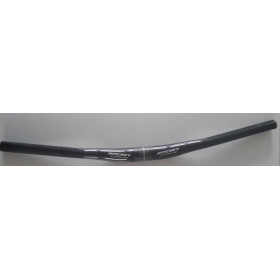 UsedRitchey handlebar WCS carbon
UsedRitchey handlebar WCS carbon- €54.99
-
Crankbrothers Cobalt 1 rised handlebar
- €25.89
- €36.99
-
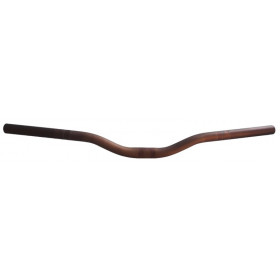 UsedSemi-raised MTB handlebar
UsedSemi-raised MTB handlebar- €9.99
-
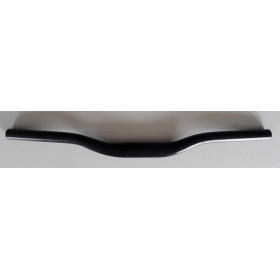 New productSemi-raised handlebar black OS
New productSemi-raised handlebar black OS- €7.99
-
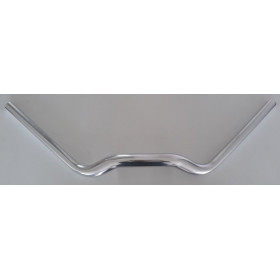 New product -50%City bicycle handlebar BRN Manubrio Trek Turbo
New product -50%City bicycle handlebar BRN Manubrio Trek Turbo- €14.50
- €28.99
-
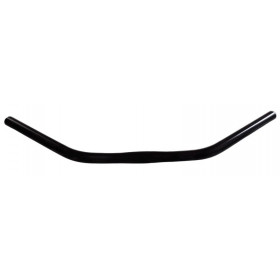 New productCity bicycle handlebar 63 cms
New productCity bicycle handlebar 63 cms- €9.99
-
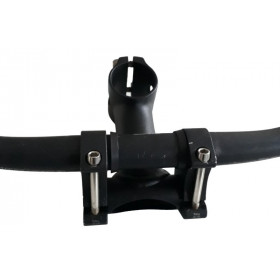 UsedAdjustable handlebar and stem VRO Syntace Cannondale
UsedAdjustable handlebar and stem VRO Syntace Cannondale- €49.99
-
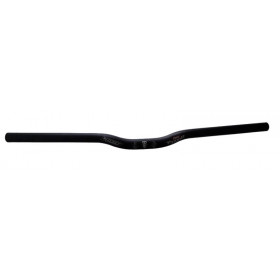 New productRitchey comp rizer MTB rised handlebar
New productRitchey comp rizer MTB rised handlebar- €17.99
-
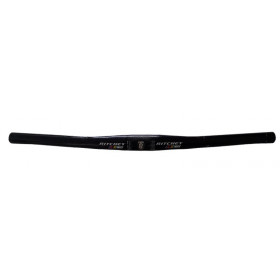 UsedRitchey wcs MTB handlebar
UsedRitchey wcs MTB handlebar- €8.99
-
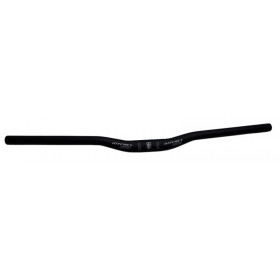 New productRitchey pro rised handlebar
New productRitchey pro rised handlebar- €24.99
-
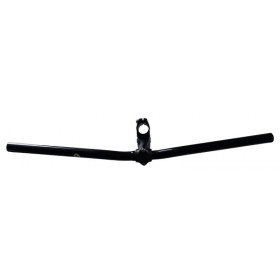 UsedHybrid bike handlebar adjustable stem
UsedHybrid bike handlebar adjustable stem- €11.99
-
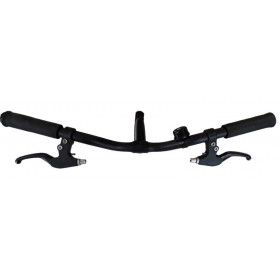 UsedCity bicycle handlebar used
UsedCity bicycle handlebar used- €10.99
-
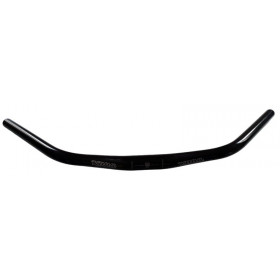 New productBeach cruiser handlebar Kona OS
New productBeach cruiser handlebar Kona OS- €15.99
-
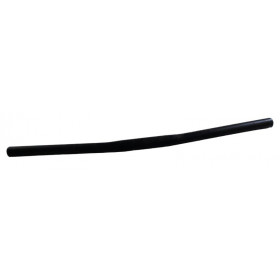 UsedHybrid bike flat bar 580 mm 25.4 mm
UsedHybrid bike flat bar 580 mm 25.4 mm- €4.99
-
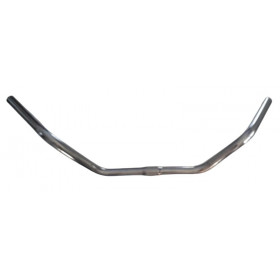 New productChrome city bike handlebar
New productChrome city bike handlebar- €12.99
-
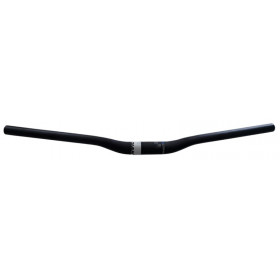 New product -60%Giant Connect SL MTB rised handlebar
New product -60%Giant Connect SL MTB rised handlebar- €21.96
- €54.90
-
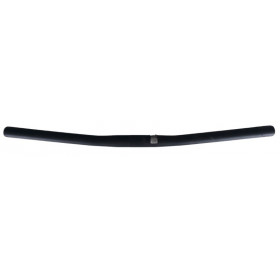 UsedStraight MTB handlebar
UsedStraight MTB handlebar- €5.99
Showing 1-20 of 20 item(s)
The handlebars on a Fat Bike play a crucial role in the rider's handling, control and comfort when riding over a wide variety of terrain, including snow, sand, mud and rough trails. Here is a description of its function, its characteristics and the associated standards:
Function :
1. Direction and control:
The handlebars allow the rider to steer the bike and control its trajectory when riding over varied terrain. It transmits the cyclist's movements to the front wheels, thus influencing the direction of the bicycle.
2. Balance and stability:
A well-designed handlebar contributes to the balance and stability of the bike by providing a comfortable and ergonomic riding position. This allows the rider to maintain control of the bike on uneven or unstable surfaces, such as snow or sand.
Features :
1. Width:
Fat bike handlebars are generally wider than those of traditional bicycles. Increased width provides better stability and control of the bike, especially when riding over difficult terrain. Wide handlebars also allow the rider to have a more comfortable riding position, with arms spread wide.
2. Height:
Fat bike handlebars can have different heights to accommodate the rider's riding position preferences. Some models may have a higher height for a more upright and comfortable riding position, while others may be lower for a more sporty and aerodynamic position.
3. Shape and curvature:
Fat bike handlebars can have different shapes and curvatures to suit the rider's preferences. Some models may have a rearward curvature to provide a more aggressive stance, while others may be straight for a more neutral stance. The shape and curvature of the handlebars can also influence rider comfort and performance.
4. Construction material:
Fat bike handlebars are generally made of aluminum to combine lightness and strength. Some high-end models may be made of carbon to further reduce weight while retaining the stiffness needed for precise handling.
Standards:
1. Stem diameter:
Fat bike handlebars typically use common stem diameters, such as 31.8mm. It is important to choose a handlebar compatible with the diameter of the stem for secure mounting and efficient transmission of force.
2. Brake Lever Compatibility:
Fat Bike handlebars are designed to be compatible with hydraulic or mechanical disc brake levers to provide effective speed control, especially on difficult terrain. It is important to choose a handlebar that is compatible with the brake levers used on the bike.
In summary, the handlebars of a Fat Bike are a crucial element that impacts the rider's handling, control and comfort when riding over a wide variety of terrains. With features such as increased width, appropriate height and ergonomic shape, it provides optimal performance for a comfortable and safe cycling experience in difficult terrain.

